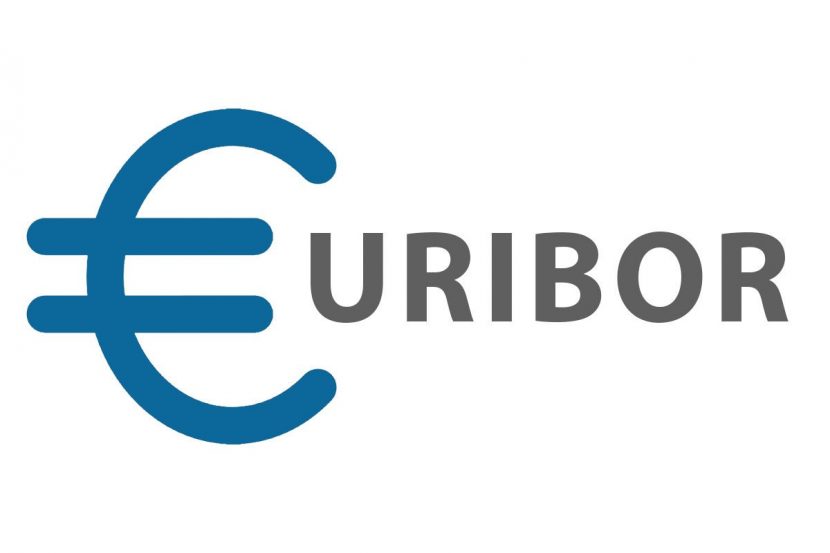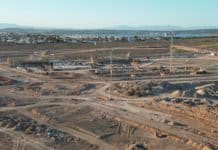Despite a slight increase from -0.19 to -0.189, January was still the twenty-fourth consecutive month with the negative Euribor. In February 2016 it closed for the first time below zero.
The increase is though to be a result of the recent measures to reduce stimuli by the European Central Bank (ECB), whose president, Mario Draghi, said this month that he sees very little chance that interest rates may rise this year but that they will increase when the debt purchase program ends.
When interest rates increase, the result will be in an increase in debt and higher mortgage loan installments which will likely lead to a stagnation in the price of housing in 2019.
During the month of January, the Euribor has moved between -0.186%, its highest level, and -0.192%, its lowest level.
A year ago, in January 2017, the indicator stood at -0.095%. A mortgage of € 100,000 euros contracted over a term of 25 years with a differential of one percentage point on the Euribor would have a monthly cost of € 372,59.
However, if a mortgage with these conditions is reviewed using the current data (-0.189%), the cost will be € 368,38 per month, saving borrowers an average of € 4,21 per month or € 50,5 per year.
The post Base rates for mortgages rise for the first time in nearly 2 years appeared first on Property for Sale in Spain – Spanish property for sale.





